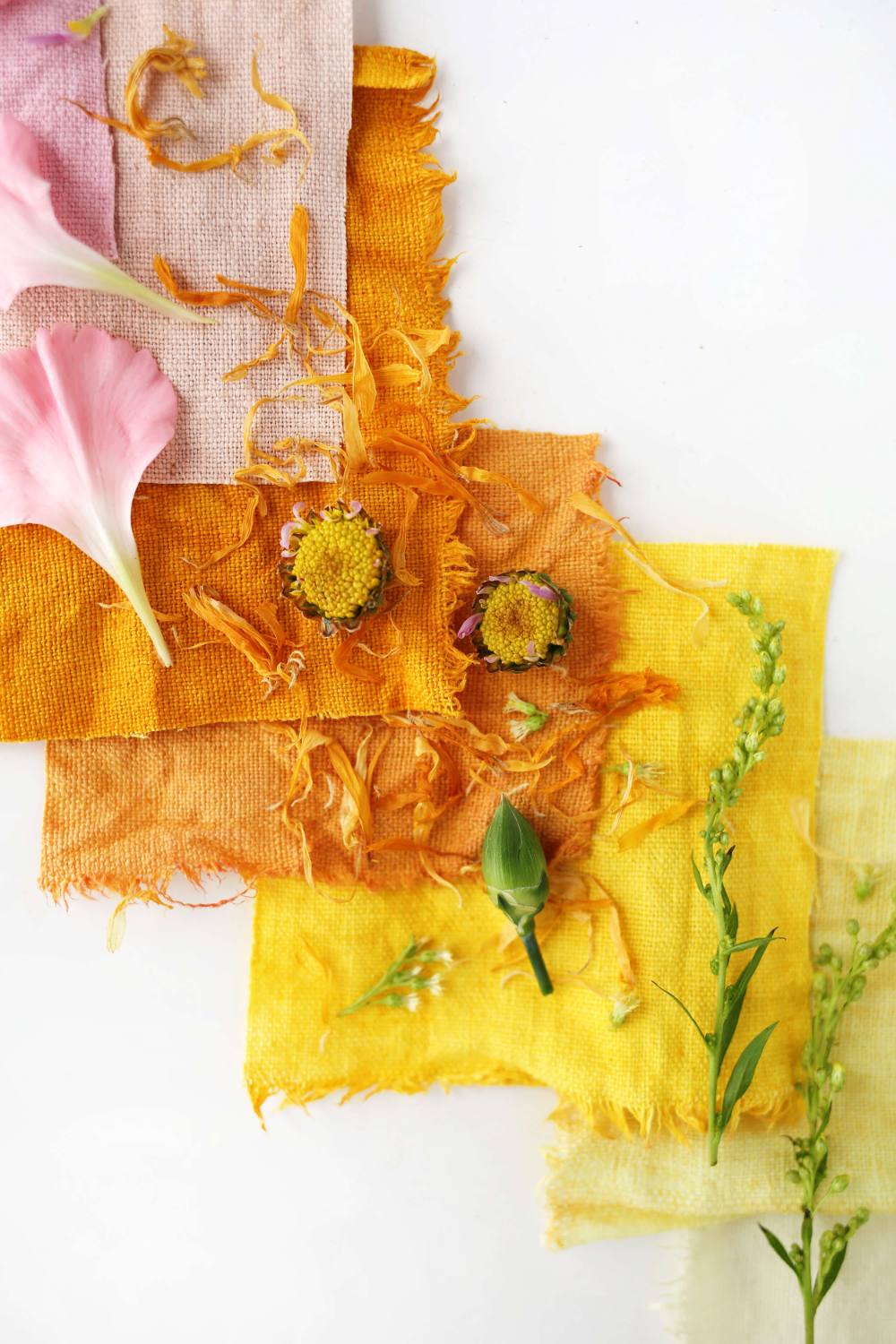Natural Dyeing with Foraged Materials: A Journey into Sustainable Color
Introduction:
In recent years, there has been a growing interest in sustainable living practices, including the use of natural dyes. Natural dyeing involves extracting color from plant materials and using it to dye fabrics, yarns, or even paper. By foraging for materials instead of relying on commercially produced dyes, we can reduce our environmental impact while also reconnecting with nature’s palette. In this article, we will explore the art of natural dyeing with foraged materials and discover the beautiful colors that can be achieved.
The Basics of Natural Dyeing:
Before delving into the world of foraging for dye materials, let’s review some fundamental principles of natural dyeing. Firstly, it is important to understand that different plants produce different colors. For example, madder root creates vibrant reds and oranges, while indigo yields various shades of blue. Additionally, the pH level of your water or mordant (a substance used to fix dyes) can influence color outcomes.
Preparing Fabrics and Yarns:
To ensure successful results when dyeing textiles with natural materials, proper preparation is essential. Start by thoroughly washing your fabric or yarn to remove any residues that could hinder absorption. If you’re working with protein-based fibers like wool or silk, soak them in a mild acid solution such as vinegar or citric acid before dyeing to help open up their fibers.
Foraging for Dye Materials:
Now comes the exciting part – exploring your surroundings to find suitable plants and other organic matter that can be used as dyes! Whether you live in a rural area surrounded by fields and forests or an urban environment with parks and gardens nearby, there are likely abundant sources waiting to be discovered.
Consider plants such as marigold flowers (for yellows), avocado pits (for pinks), onion skins (for browns), black walnut hulls (for rich browns), or even kitchen scraps like beetroot peels (for pinks) and spinach leaves (for greens). Keep in mind that not all plants will yield color, so it’s helpful to do some research before collecting. Local field guides and online resources can provide valuable information on the dye potential of various plant species.
Harvesting and Extracting Color:
Once you’ve identified suitable materials, it’s time to harvest them responsibly. Remember to only take what you need and be mindful of any conservation guidelines or regulations in your area. For flowers, leaves, or berries, collect a sufficient amount for dyeing purposes while leaving enough behind for the plant to regenerate.
To extract color from your foraged materials, there are several methods you can employ. One common technique is simmering the plant matter in water for an extended period until the desired color is achieved. Alternatively, cold-water extraction involves soaking the material in water overnight or longer.
Mordants: Enhancing Color Fastness
Although many natural dyes possess inherent properties that allow them to bond with fibers without additional assistance, using mordants can enhance color fastness and expand your palette further. Commonly used mordants include alum (potassium aluminum sulfate), iron, copper, tin, and tannin-rich substances such as oak galls.
When working with mordants, it’s crucial to follow safety precautions as they may be toxic if mishandled. Always wear gloves and work in well-ventilated areas when handling these substances.
The Dyeing Process:
Now that you have prepared your textiles and collected your dye materials let’s dive into the dyeing process itself:
1. Fill a large pot with enough water to sufficiently cover your fabric or yarn.
2. Add your foraged dye materials.
3. Simmer gently over low heat until the desired color is achieved.
4. Remove the dyestuff from the pot using a strainer or cheesecloth.
5. Add your textile to the dye bath and simmer for an extended period, usually around one hour or until you are satisfied with the color saturation.
6. Allow your fabric to cool in the dye bath before rinsing it thoroughly with water.
7. Hang it to dry away from direct sunlight.
Experimentation and Creativity:
Natural dyeing is an art form that encourages experimentation and creativity. Don’t be afraid to mix different plants, adjust pH levels, or even try different fabrics to achieve unique results. Keep a record of your experiments to replicate successful combinations in the future.
Conclusion:
Embarking on a journey into natural dyeing with foraged materials opens up a world of sustainable color possibilities while fostering a deeper connection with nature. By exploring our surroundings and learning about local flora, we can create beautiful textiles imbued with hues extracted from plants we encounter every day. So why not grab your basket and embark on this creative adventure? The colors of nature await!


Leave a comment